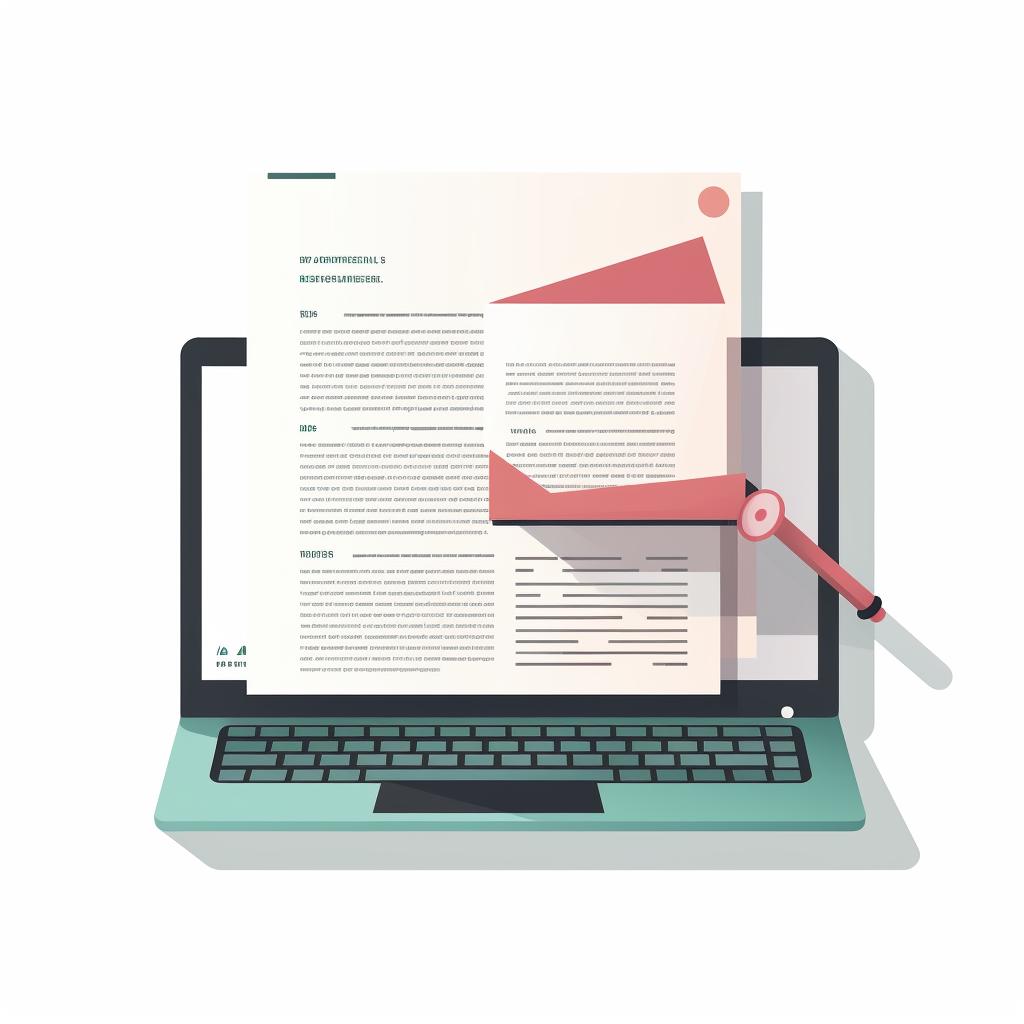Catherine O'Donnell is a seasoned English professor with over 20 years of experience in teaching academic writing at a prestigious university. She is known for her ability to simplify complex concepts and make them easily understandable for students.
The most universally compatible text format that can be transferred to all types of word processing software is the Plain Text format (.txt).
Plain Text is a simple, unformatted text that does not include any styling, images, or special formatting. It's the most basic form of text, making it universally readable by nearly all software applications.
Compatibility of Text Formats with Various Word Processing Software
However, despite its wide compatibility, the Plain Text format has limitations. It does not support complex formatting like bold, italics, different fonts, or colors. This makes it unsuitable for documents that require specific formatting, such as essays or research papers.
What About Other Text Formats?
Other common text formats include Rich Text Format (.rtf), Word Document (.doc or .docx), and Portable Document Format (.pdf). While these formats support more complex formatting, their compatibility varies between different word processing software.
Which text format do you use most frequently?
In the world of word processing, different text formats serve different needs. Some offer simplicity, while others offer rich formatting options. We're curious to know, which text format do you use the most?
Rich Text Format (RTF)
RTF is a universal text format that supports basic formatting. It can be read by most word processors, making it more versatile than plain text. However, it may not preserve all formatting when transferred between different software.
Word Document (.doc or .docx)
Word Document is the default format for Microsoft Word, one of the most widely used word processors. It supports complex formatting and is compatible with many other software. However, some features may not be preserved when opened in non-Microsoft software.
Portable Document Format (PDF)
PDFs preserve all formatting and are compatible with most devices. However, they are not easily editable, making them less ideal for text that needs to be revised or edited.
Before we dive into the specifics of academic writing formats, let's take a look at how to save your document in various formats. This is essential as different word processing software may require different formats.
Learn more about Saving Your Document in Different Formats 💾 or discover other Superior Formatting guides.
Now that you know how to save your document in various formats, let's move on to understanding the specific formats often required in academic writing, such as essays and research papers.
Formatting Essays and Research Papers
When it comes to academic writing, specific formats are often required. The most common are MLA and APA formats. These involve specific guidelines for structuring the paper, citing sources, and formatting the title page and headers. For more information on these formats, you can refer to my articles on APA format and MLA format.
Understanding Text Formats and Their Features
Test your knowledge on different text formats and their compatibility with various word processing software.
Learn more about 📚 Understanding Text Formats and Their Features - Take the Quiz 🎯 or discover other Superior Formatting quizzes.
Conclusion
In conclusion, while Plain Text is the most universally compatible format, it may not be suitable for all purposes due to its lack of formatting capabilities. Therefore, it's essential to understand the requirements of your document and choose the appropriate format accordingly.
























